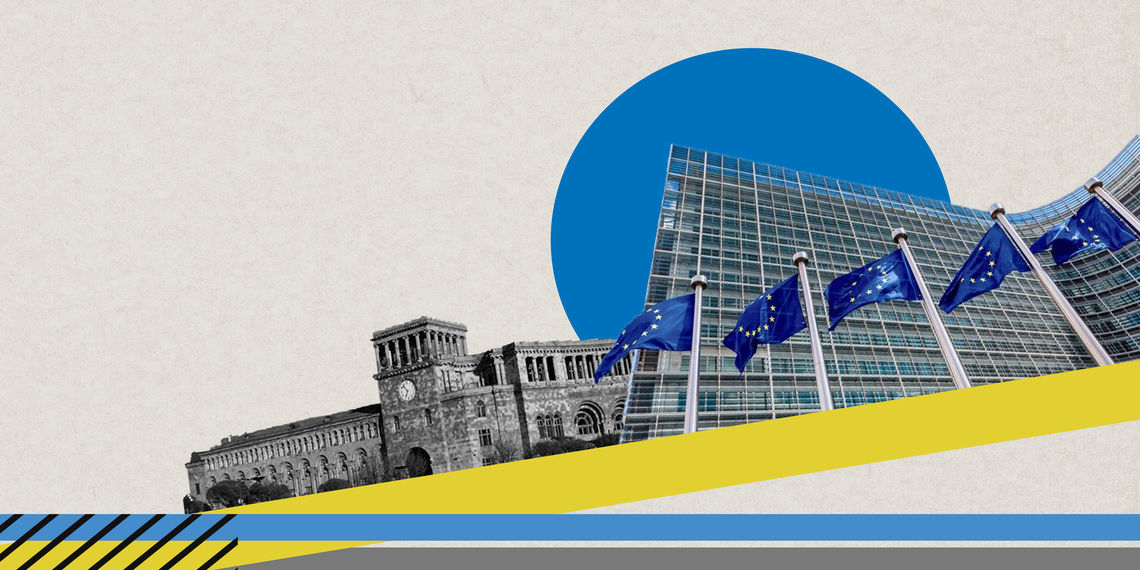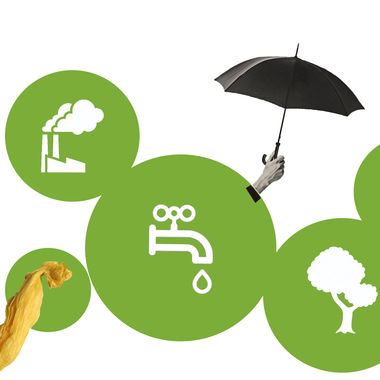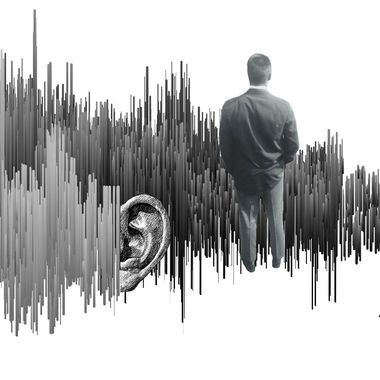Tue Jun 16 2020 · 5 min read
The Eastern Partnership Beyond 2020 – A View From Brussels

By William Lavender

The Eastern Partnership (EaP) was supposed to be holding its leaders’ summit in Brussels on June 18. This was to be the moment when the direction of the EaP beyond 2020 would be properly fleshed-out, giving all those involved a chance to reflect on the proposals laid out by the Commission in its March paper, Reinforcing Resilience – an Eastern Partnership that delivers for all. Like so many other long-laid plans, coronavirus has seen the summit postponed. Now demoted to a leaders’ videoconference, which will be concluded with little more than a joint-statement from the co-chairs, the actual summit is on ice until 2021.
Such a delay may, however, play to the advantage of the European Parliament as the Council and the Commission will now have ample time to digest its recommendations, which will be put to a vote on June 19. Its passing with an overwhelming majority is not in doubt and we can take the report adopted by the Foreign Affairs Committee in May to represent the final version.
That the European Parliament is more ambitious than the Council and the Commission in its aims for the Eastern Partnership is nothing new. The gap has, however, significantly widened. The report reflects a growing view that the Eastern Partnership needs to formally move beyond its founding premise as a bridge between neighbors and to become a vehicle for significant economic integration and ultimately, perhaps, EU accession. The report refers explicitly to the creation of a common economic space.
Doing so would advance the idea of an EaP+ that was referred to in the Parliament’s recommendations ahead of the 2017 Summit, which envisaged offering greater avenues for integration to those that had signed Association Agreements and Deep and Comprehensive Free Trade Agreements (DCFTAs): joining the Schengen Zone, the customs union, the energy union, etc. This has found new life in what is frequently referred to as the Trio Strategy, whereby Ukraine, Georgia and Moldova are seen as a distinct group within the wider EaP format.
Two leading proponents of this vision have made their views clear in recent publications. The lead author of this latest recommendation, Petras Auštrevičius, argued in New Eastern Europe magazine that it was time for the Eastern Partnership to focus on greater integration. His colleague and former Prime Minister of Lithuania, Andrius Kubilius, went further, openly labelling the Commission’s proposals as “disappointing” and arguing that Georgia was better equipped for EU membership than many of the current Candidate Countries in the Western Balkans.
These developments in the Parliament have found fruition at a time when the Council is firmly entrenched in supporting the status quo. In what can be characterized as working from a generally defensive position, the Council has lost any appetite to look beyond its own borders, the existing enlargement agenda focused on the Western Balkans itself at a standstill. While President Macron may have lifted his veto on the opening of accession talks with North Macedonia and Albania, it would be a mistake to see this as little more than window dressing. Accession, even for Montenegro, a country of just 600,000 and well advanced in incorporating the EU Acquis, seems as far off as ever.
Just as it seeks to play for time on the enlargement agenda, the Council’s May conclusions on the Eastern Partnership demonstrate its wish to adopt a policy of continuity rather than development in its Eastern Neighbourhood.
In many respects, this is good news for Armenia as the Council position more accurately matches the overall strategic terms in which Armenia must engage within the Eastern Partnership. Yet, while the views of the Council will prevail, that does not mean that Parliament’s thinking can be dismissed. Its supporters are very active and very vocal in their views. They set what might be described as the “mood music” to proceedings.
For Armenia, this “mood music” poses two potential problems. Firstly, if Ukraine, Georgia and Moldova are thought of as one group, this leaves Armenia left grouped with Belarus and Azerbaijan. Clearly such a dichotomy within the EaP is unfair, given that Armenia competes favourably with the Trio on metrics such as the rule of law, media freedom and fighting corruption. Measures that are the fundamental founding principles of the Eastern Partnership.
Secondly, in seeking to entrench signing a DCFTA and Association Agreement as the benchmark for proceeding toward a second tier, further opportunities for cooperation and ties could be unnecessarily closed to Armenia. It is only right that those partners wishing to progress further than others should be given the opportunity to do so but pushing for artificial staging posts in order to achieve this is unnecessary.
The report, for instance, advises the establishment of Support Groups for all EaP countries similar to the one that has existed for Ukraine since 2014. Yet, in other areas such as “creating an enhanced cooperation strategy, which could establish a reform and investment support programme in areas such as capacity building, transport, infrastructure, connectivity, energy, justice, and the digital economy,” the scope is suggested as being limited to the Trio. Such delineation is simply unnecessary and would prevent Armenia from benefiting from advanced cooperation in areas that it is demonstrating progress and a commitment to reform.
It should be remembered, however, that while the recommendation represents the Parliament’s official position, it is a product of compromise and therefore masks a more varied landscape on the ground. As certain elements within the text suggest, there is a body of opinion within the Parliament that is very much opposed to splitting the project in two.
This view was most notably seen in a number of amendments from the Greens. Indeed, the example of extending the use of Support Groups to all the Partners was initially limited to the Trio in the first draft of the report and opened to all only after amendment. We also see traces of such inclusivity in the opening lines of the recommendation, whereby the Eastern partnership is described as being inclusive by nature.
In what ultimately amounts to a battle over emphasis and priorities, the Parliament can be said to be fighting for a vision that places the creation of a common economic space at the forefront of the EaP versus the Council and the Commission, which are content to preserve a project aimed at entrenching democracy and the rule of law.
With its strong anti-corruption and reform agenda, the Armenian Government is in a prime position to highlight its democratic and rule of law credentials. Recent legislative measures like the non-conviction-based asset forfeiture program are the types of things that should find attention and praise from Brussels.
also read
Europe’s Balancing Act on the Nagorno-Karabakh Conflict
By Anna Barseghyan
The upcoming Brussels Summit on the Eastern Partnership will be another challenge for Armenia as it seeks to maintain the internationally-recognized OSCE Minsk Group framework, with its inclusion of the principle of self-determination.
The Eastern Partnership: From Security to Resilience
By Anna Barseghyan
The EU’s policy toward its neighbors has had several transformations, including a shift from a “one size fits all” approach to a “pick and choose” one. Anna Barseghyan explains.
The European Green Deal and Its Implications for Armenia
By Anna Barseghyan
The European Green Deal is an ambitious plan to make Europe the first climate-neutral continent by 2050. Anna Barseghyan looks at the challenges and opportunities for green policy in Armenia.
Armenia Follows European Example in Combating Hate Speech
By Anna Barseghyan
Anna Barseghyan provides a broad overview of the Armenian government’s move to outlaw public calls for violence and draws parallels with the European experience.







EVN Report welcomes comments that contribute to a healthy discussion and spur an informed debate. All comments will be moderated, thereby any post that includes hate speech, profanity or personal attacks will not be published.